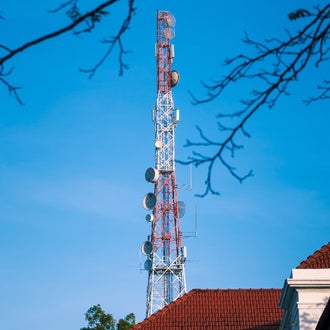5G technology is the latest mobile wireless communications technology, due to be rolled out in Australia from 2019.
Like all mobile technologies, 5G uses radiofrequency (RF) electromagnetic energy to communicate between mobile phones and base stations. This energy is a form of non-ionising radiation similar to FM radio waves and heat. Non-ionising radiation does not damage DNA, unlike cancer-causing ionising radiation such as UV light.
In addition, the strength of the RF fields emitted from base station antennas must be within safety limits designed to limit exposure to the community. Antennas are usually placed at a height, away from people, because the strength of the RF field decreases quickly with distance from the base station. More information on base stations and health can be found on the Australian Radiation Protection and Nuclear Safety Authority website.
While it is very unlikely that exposure to the 5G radiofrequency (independent of mobile phone use) will cause cancer, many people worry that mobile phone use will. However, there is little evidence to suggest there is a problem. An Australian study published in 2018 found no link between the increase in mobile phone use and the incidence of brain cancer. This data supported a similar study published in 2016. In general, research so far indicates that there is no increase in cancer risk associated with normal levels of mobile phone use. There is inconsistent evidence to suggest that very heavy users of mobile phones may have a slightly increased risk of cancer.

